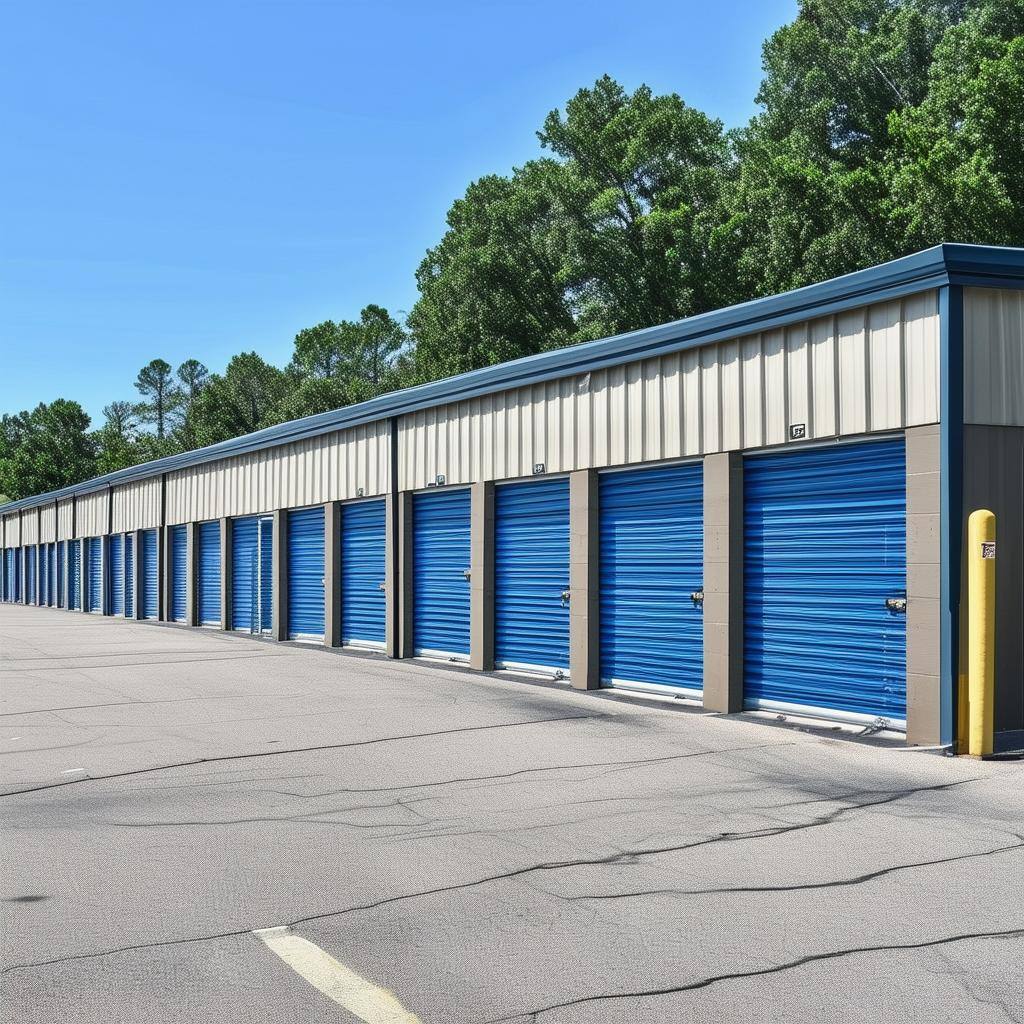Phase 1: Planning and Research
- Market Analysis - Contact an expert to give you advice
- Conduct a feasibility study to assess demand.
- Analyze competitors within a 3- to 5-mile radius.
- Identify underserved markets or unique customer needs.
- Site Selection - Contact a localized self-storage broker to give you advice
- Choose a location with high visibility and accessibility.
- Verify zoning requirements and ensure the site permits self-storage facilities.
- Evaluate lot size, topography, and utilities availability.
- Budget Development - Find a Self-Storage construction expert for advice
- Estimate total project costs, including land acquisition, construction, and operational setup.
- Include contingency funds for unexpected expenses.
- Secure funding through banks, investors, or commercial loans.
- Preliminary Design- Find an architectural firm that specializes in storage for wisdom
- Work with architects and engineers to create a conceptual layout.
- Plan for a mix of unit sizes, climate-controlled spaces, and drive-up access units.
- Include considerations for security, such as fencing, cameras, and lighting.
- Regulatory Compliance - Get a localized zoning attorney to get quick feedback
- Obtain necessary permits and approvals from local authorities.
- Conduct an environmental assessment if required.
- Address stormwater management and utility hookups.
Phase 2: Development
- Final Design and Construction Plans
- Collaborate with architects and engineers to finalize blueprints.
- Select a general contractor with experience in self-storage projects.
- Ensure the design aligns with local codes and regulations.
- Construction Management
- Monitor the construction process and maintain communication with contractors.
- Keep track of milestones and ensure timelines are met.
- Address change orders or unforeseen challenges promptly.
- Technology Integration
- Install an advanced security system, including keypads, cameras, and alarms.
- Set up property management software for reservations, billing, and customer management.
- Plan for future technology upgrades to stay competitive.
Phase 3: Pre-Opening
- Staffing and Training
- Hire a manager and staff with customer service experience.
- Provide training on operations, sales, and security protocols.
- Develop standard operating procedures (SOPs).
- Marketing and Branding
- Develop a name, logo, and signage for the facility.
- Build a professional website with online booking capabilities.
- Implement a marketing plan, including digital advertising, local promotions, and partnerships with moving companies.
- Soft Launch
- Open the facility to a limited number of customers to test operations.
- Gather feedback and make necessary adjustments.
- Verify all systems are functioning correctly.
Phase 4: Post-Opening and Growth
- Grand Opening
- Host a grand opening event with promotional offers.
- Invite local businesses and community leaders to participate.
- Promote the event through social media, local press, and email campaigns.
- Customer Retention
- Provide excellent customer service to build trust and loyalty.
- Offer discounts for long-term rentals or referrals.
- Regularly gather feedback and implement improvements.
- Expansion and Optimization
- Monitor occupancy rates and revenue trends.
- Adjust pricing strategies based on market conditions.
- Plan for potential expansions, such as additional units or amenities.
By following these steps, developers can systematically approach the complex process of building a self-storage facility while minimizing risks and optimizing for success. Remember, thorough planning and attention to detail are critical at every phase of the project.
Contact Dan Zlaket at 602.349.8373 or dan.zlaket@integrity-capital.com for financing options on your self-storage project.
